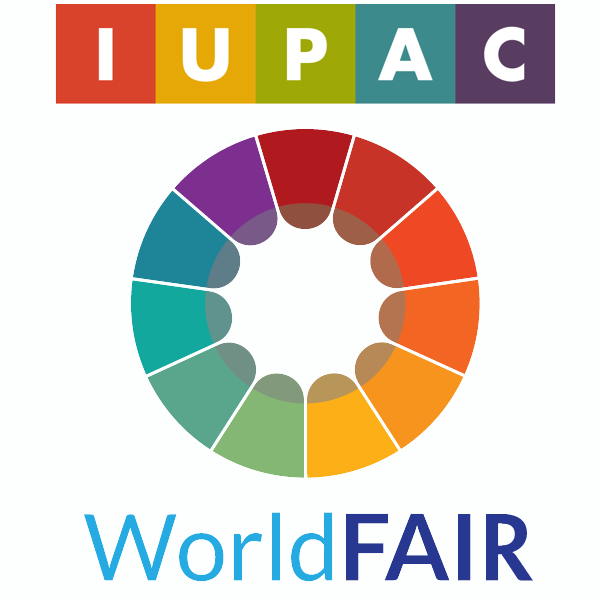About this Cookbook#
The IUPAC FAIR Chemistry Cookbook aims to provide a range of practical and re-usable training materials that demonstrate how to manage digital data files and content. The scope covers protocols that address machine-readable data pertaining to chemicals and techniques for working with data programmatically. Recipes are developed by active community members and target different tasks across a range of possible use cases for handling chemical data. Materials are presented with relevant chemistry examples, point to external content that are of high quality where available, and reference IUPAC and community digital standards where appropriate.
FAIR data are findable, accessible, interoperable, and reusable for machine processing [Wil16]. FAIR chemical data need to be machine-readable, and this can be an unfamiliar scenario for many researchers and other stakeholders involved with publishing and managing experimental data. Students need to learn how to navigate the scale and range of data types and sources becoming available, extract meaning and insight from aggregations of data programmatically, and apply automated approaches to curation, dissemination, and analysis. This cookbook aims to support best practices for sharing and reusing chemical data aligned with the technical criteria for FAIR machine-readable data. Practical, interactive tutorials based on common workflows and readily accessible online tools for working with digital content augment broader guidance on FAIR and data standards.
This community repository of interactive tutorials provides hands-on experience with a range of digital data sources, tools and workflows pertaining to automated chemical data processing. Digital notebooks with executable code blocks a llow users to engage directly with basic cheminformatics functions integral to working with machine-readable data. The cookbook platform can be readily accessed and used through broadly available online infrastructure and recipes are designed to exemplify the FAIR principles for reuse.
